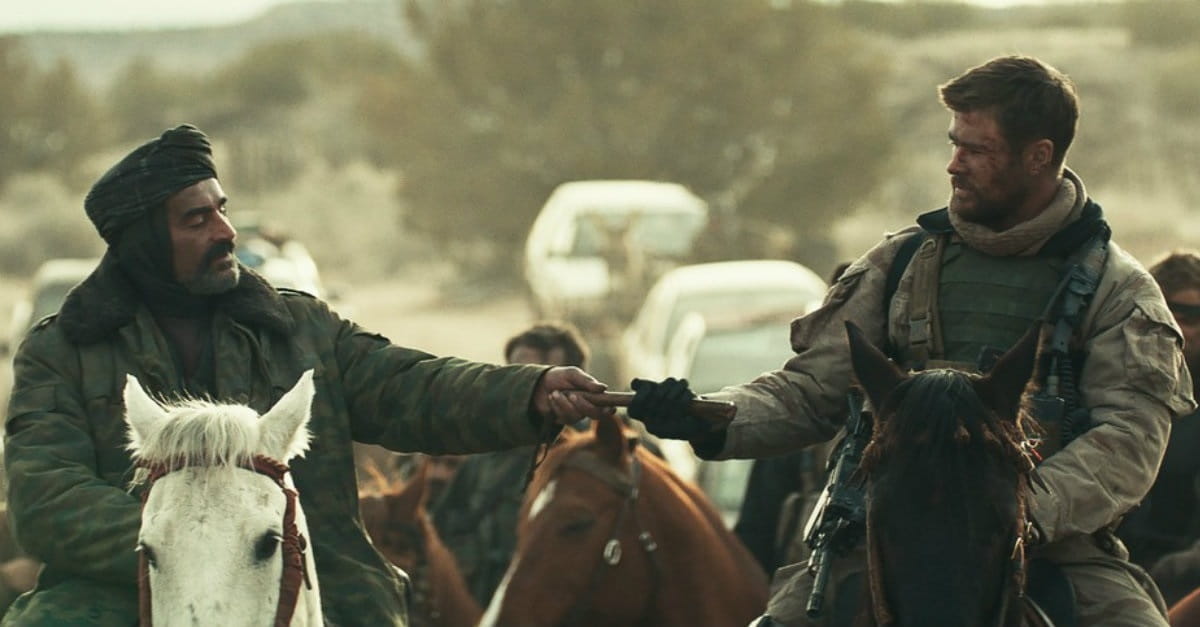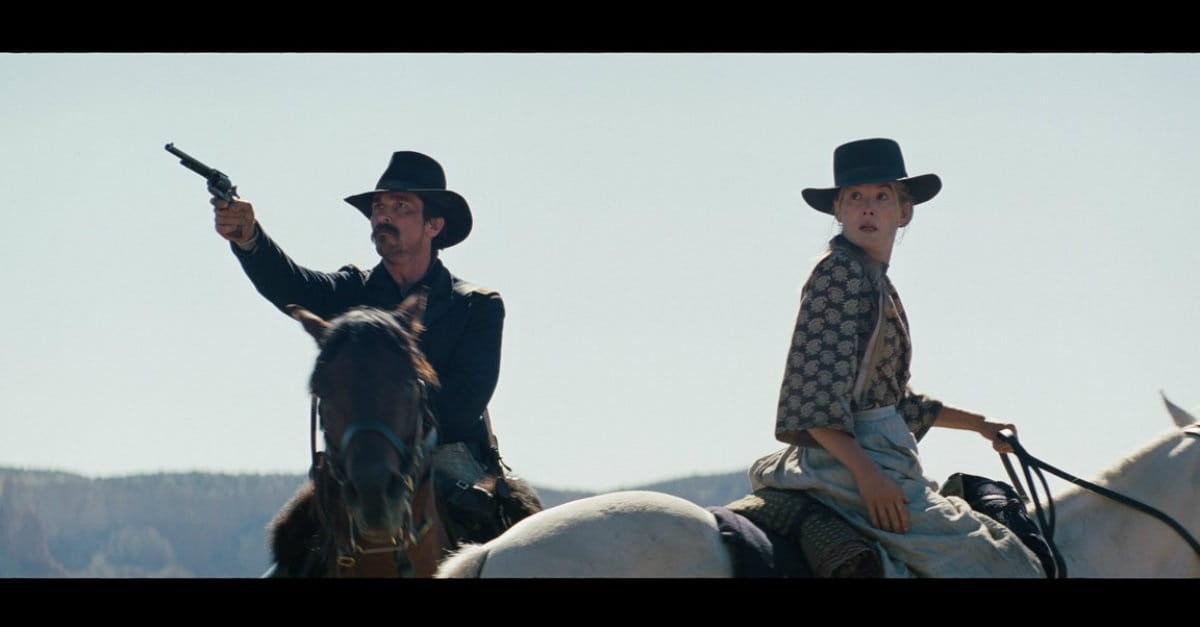Word and Image Leave Lasting Mark in "Iwo Jima"
- Christian Hamaker Contributing Writer
- Updated Jan 31, 2007

Release Date: January 19, 2007 (wider release)
Rating: R (for graphic war violence)
Genre: Drama
Running Time: 142 min.
Director: Clint Eastwood
Actors: Ken Watanabe, Kazunari Ninomiya, Tsuyoshi Ihara, Ryo Kase, Shido Nakamura, Hiroshi Watanabe, Takumi Bando, Yuki Matsuzaki, Takashi Yamaguchi
Honor and duty are noble callings, but what are we to make of them when they’re put to ends with which we disagree? Clint Eastwood’s “Letters From Iwo Jima” – a companion piece to Eastwood’s “Flags of Our Fathers” that depicts the same battle at the center of that film, but this time from the perspective of the Japanese soldiers – forces us to consider the humanity and dignity of people who fight against America.
On the island of Iwo Jima, Japanese forces await the arrival of American forces and the coming battle for control of the land. If it comes under American control, the island will become a launching point for American forces to attack Japan.
The thoughts of the Japanese soldiers are conveyed through letters they wrote in their final days, while waiting to confront the advancing American army. The letters are unearthed in the present day at the beginning of the film, before the film flashes back to the battle for the island and the stories of the soldiers who wrote the letters.
The fight to establish control of Mt. Suribachi – the hill on which American fighters were captured on film, raising the U.S. flag – ends early in “Letters From Iwo Jima,” but even before that occurs, the grim situation for the Japanese men has been laid out.
The urgency of the mission for the Japanese soldiers is compromised by the failing war effort in other venues. Faced with a lack of communication between air and ground forces, and no naval support, the Japanese men are told to fight to the death to protect the island.
None of them labor under the illusion that they will prevail against overwhelming American military might, but they take up their calling to preserve their “sacred land,” as they call it, and to honor the Japanese Emperor and themselves by fighting to the death.
In the face of the futile effort and the determination by superiors to see there are no Japanese survivors of the battle, some of the men attempt to flee. Most of the men, however, follow orders and die on the island. In one particularly disturbing sequence, a group of men kill themselves with their own grenades rather than face capture.
Ken Watanabe stars as General Tadamichi Kuribayashi, a man whose knowledge of America and loyalty to Japan help him lead his men with compassion and effectiveness, knowing all the while what will be the outcome of their struggle. Lt. Ito (Shido Nakamura) embodies the strict code of the Japanese military, insisting on suicide as the only outcome when victory is no longer an option. Kazunari Ninomiya stars as family man Saigo, a baker who is forced to join the military, but who promises his wife and unborn child that he will return alive.
As moving and universal as the story and its themes are, “Letters From Iwo Jima” never gives us the full picture of the Japanese warrior mentality. Yes, the men fought bravely and against all odds in a losing cause, and did so to their deaths. Nothing less was acceptable, as the film clearly shows.
But the Japanese war mentality was even more extreme and terrifying. Ironically, a recent book that describes this is authored by none other than James Bradley, who co-authored “Flags of Our Fathers” – the basis for the other 2006 Eastwood film on World War II. In Bradley’s “Flyboys” (a story of WWII pilots that has no connection to the film of the same name from last year, which centered on the first World War), Bradley explains the terrifying reality of Japanese fighters who digested the livers of American pilots as a way to increase their courage and fighting spirit. Also, school children were instructed to worship the Japanese Emperor – a loyalty that remained among the soldiers of “Letters From Iwo Jima,” until their dying moments.
Eastwood’s latest film is gorgeous but difficult at times to watch. The amazing battle scenes result in ugly carnage – a reminder of the consequences of war. The consequences of American victory are not addressed in this film, and were not the point of Eastwood’s less well received “Flags of Our Fathers.” Therefore, this sorrowful yet beautiful film may not satisfy those looking for the bigger picture of national and global implications of combat. Instead, what Eastwood gives us here is a picture of men, created in the image of God, who, for the most part, face death with blind obedience to their leader and country.
“Long live the Emperor!” the soldiers shout moments before their deaths – an empty rallying cry for the losing side of battle. The sadness the viewer feels is not so much because time has vindicated the other side of that fight, but because the obedience on display is misguided and destructive – something to which everyone can relate.
AUDIENCE: Adults
CAUTIONS:
-
Language: Some subtitled profanity.
-
Violence: Wartime fighting, including attacks from air, hand-to-hand combat, grenade explosions, gunfire, shooting of deserters, bayoneting, severed limbs, burned and disfigured bodies; a horse dies; a dog is shot.
-
Suicide: Treated as a noble form of death; several men fall on their own grenades, another shoots himself.
-
Sex/Nudity: None.
-
Drinking: Some drinking and smoking.
-
Religion: Some fleeting verbal references to God, and to the “other side”; prayer for the victory of the “Empire”; mention of a day when men will pray for the dead soldiers’ souls.














